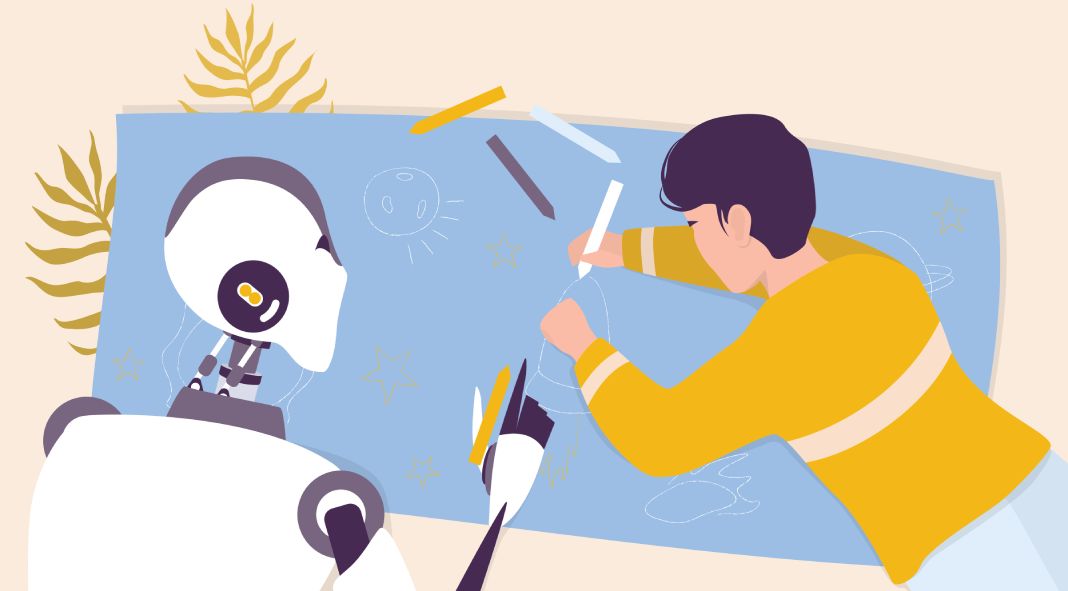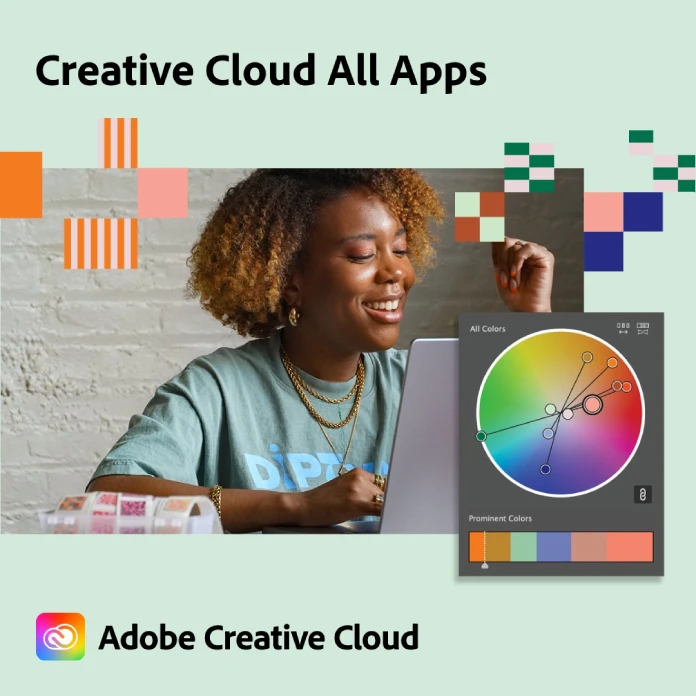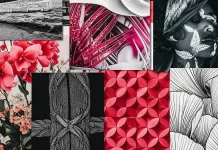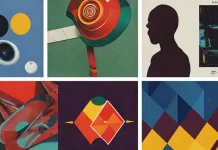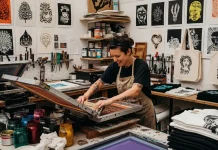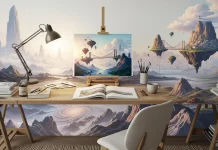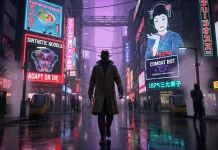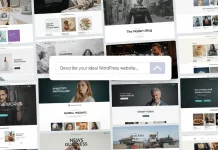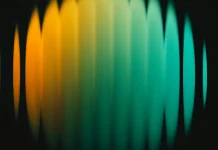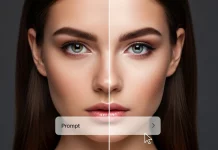The realm of creativity, once solely the domain of human ingenuity, is experiencing a paradigm shift. Artificial intelligence (AI) is no longer relegated to science fiction; it’s rapidly becoming a powerful tool in the hands of creatives across diverse disciplines. From music and writing to design and filmmaking, AI is emerging as a potent collaborator, offering an array of possibilities that are both exciting and thought-provoking.
Inspiration Ignition: Struggling to spark that initial creative spark? AI can offer a much-needed jolt. Generative algorithms can produce novel ideas, unexpected concepts, and even entire pieces of creative content based on specific parameters. Writers might use AI to generate story prompts, musicians can explore new sonic landscapes through AI-composed melodies, and visual artists can unlock a kaleidoscope of potential compositions with AI-powered image generators. This doesn’t replace the human touch, but rather acts as a springboard, propelling the creative process forward.
Iteration Innovation: Once the initial spark is ignited, AI can assist in the iterative refinement process. Imagine being able to instantly generate variations on your existing work, exploring different stylistic choices, color palettes, or narrative pathways. AI tools can facilitate this process, allowing creatives to experiment and test diverse possibilities, ultimately leading to a more polished and impactful final product. This can be particularly beneficial for designers who need to explore various design iterations quickly and efficiently.
Editing Efficiency: The administrative side of creativity can be time-consuming and tedious. AI can streamline these tasks, freeing up valuable time for truly creative endeavors. From automated transcription and captioning to advanced grammar and plagiarism checking, AI tools can handle these mundane tasks with remarkable accuracy. Additionally, AI-powered editing software can identify potential inconsistencies in storylines, suggest improvements in composition, and even flag potential copyright infringement, allowing creators to focus on what they do best – bringing their vision to life.
Collaboration Catalyst: While AI won’t replace the irreplaceable human element of collaboration, it can act as a catalyst for fostering new and exciting creative partnerships. Imagine a musician collaborating with an AI to compose a piece, then using that piece as a springboard for a further collaborative effort with other human artists, such as a choreographer or filmmaker. This opens up new avenues for interdisciplinary exploration and the potential to create truly groundbreaking work.
The Ethical Canvas: The burgeoning field of AI-assisted creativity raises important ethical considerations. Questions around ownership, originality, and attribution need to be addressed. It’s crucial to remember that AI is a tool, and the creative vision, the human touch, remains paramount. As AI continues to evolve, the onus lies on creators and society at large to ensure that this powerful tool is used ethically and responsibly, fostering a creative landscape that celebrates both human ingenuity and the immense potential of AI collaboration.
AI is not here to replace human creativity, but rather to augment it. It’s a powerful tool with the potential to democratize creative expression, streamline workflows, and unlock new avenues for artistic exploration. As we embrace this transformative technology, the future of creativity promises to be a vibrant tapestry woven from the threads of human imagination and the ever-evolving potential of AI.

